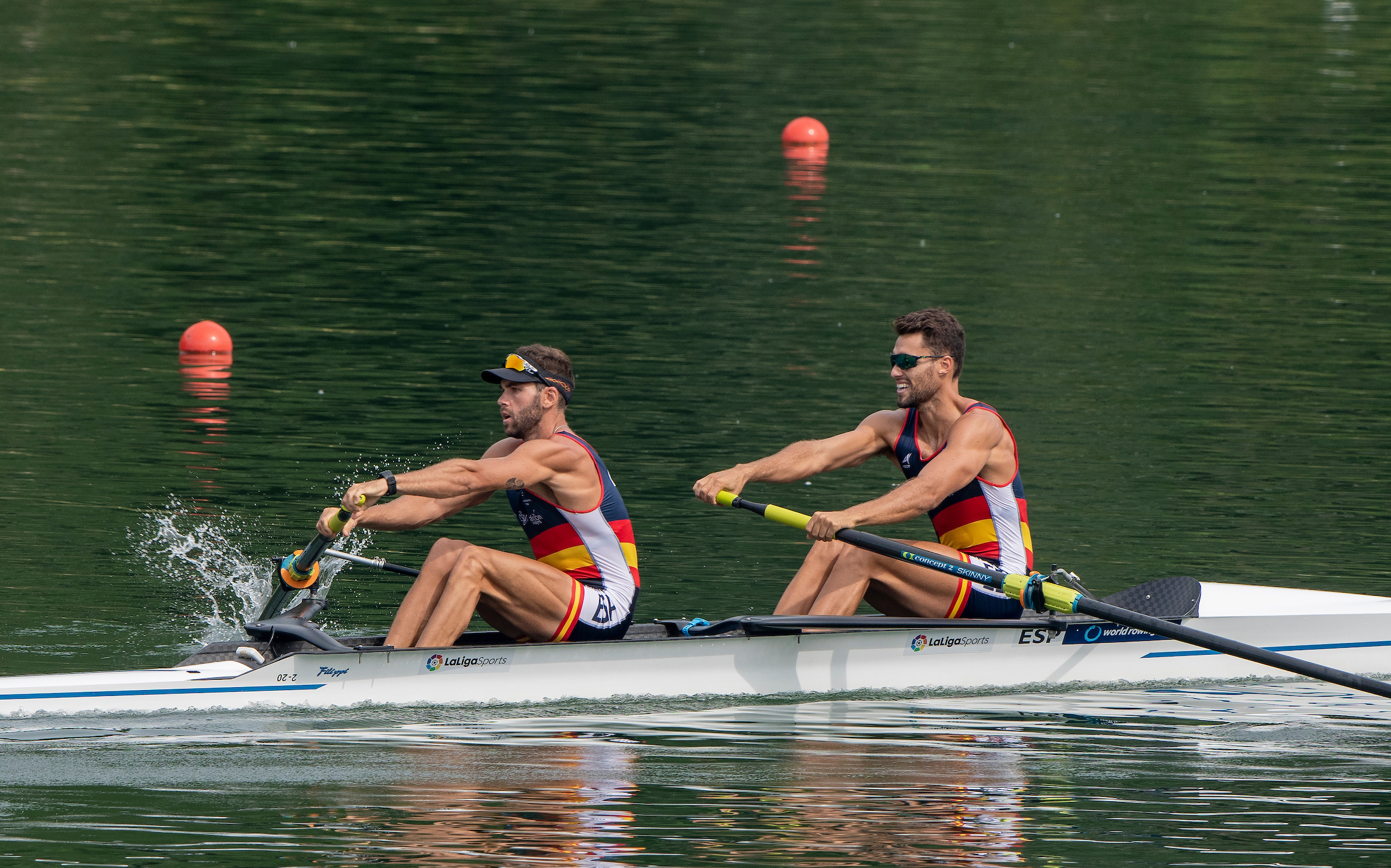BY BILL MANNING
PHOTO BY PETER SPURRIER
To continue reading…
This article is exclusively for Rowing News subscribers. For as little as $5 a month, you can get access to the best quality, independent reporting on all the issues that matter to the North American rowing community.
Already a subscriber? Login
I am not a physicist. I am a rowing coach. Sir Issac Newton was a physicist. He could have been a successful rowing coach, too.
Newton recognized and first described classical mechanics, including the motion of an object and the forces acting upon it. With his Third Law, he explained that every action has an equal and opposite reaction. Simply stated, to move the boat forward there must be force backward. Since most college athletes and many high-school athletes are familiar with this, I have found it, admittedly with some oversimplification, a useful way to teach effective rowing/sculling.
Newton’s Third Law is seen when a person walks; they push against the floor, and the floor pushes against the person. The rocket flies up because the engine exhaust pushes down. Similarly, to move an oar handle, the rower must brace and, ideally, press actively into the foot-stretchers. Show your athletes this by asking them to sit on the erg, lift their feet off the ground, and attempt to pull on the handle.
Too many think their effectiveness depends solely upon tugging the oar handle. Their leg drive consists of a jump or a kick, but this creates only momentary force. An awareness of Newton’s Third Law helps explain to athletes why they should keep pushing as long as possible—to push into and through their shoes and not away from them.
Teach athletes to make the drive as long as possible. (This is not the same as making their arc in the water as long as possible; extra reach and/or layback are often counterproductive.) The length of the drive is determined by how long athletes can maintain their push. There is no possibility of adding speed to the boat once the feet are no longer pushing into the foot-stretchers. The boat will continue forward with gradually decreasing speed until friction overcomes the momentum created earlier and it comes to a stop. Feet-out rowing is an excellent teacher.
Once the necessity and advantage of pushing rather than focusing only on pulling are understood, the next step is using the body to connect the leg drive to the hands holding the oar. The torso must be strong enough to accept the force of the leg push and transmit it to the hands so that the handle moves. The body braces and works against the leg drive regardless of how much levering or swing the body is asked to do.
A good coaching progression begins by having the athlete row legs-only and focused on pressure into the foot-stretchers. Encourage athletes to move their seat more than the handle; yes, to shoot the slide. Once accomplished, keep athletes focused on the press but drive their body and seat together. Disassociate moving the boat from pulling the handle and instead associate success with pushing while holding the trunk firm. From here the arm draw can then be seen as maintaining pressure into the feet and on the blade as the load gets progressively lighter.
Coach Newton also had a lot to say about the use of levers, or in our case, oars. This is a little more complicated but perhaps a topic for the future.

